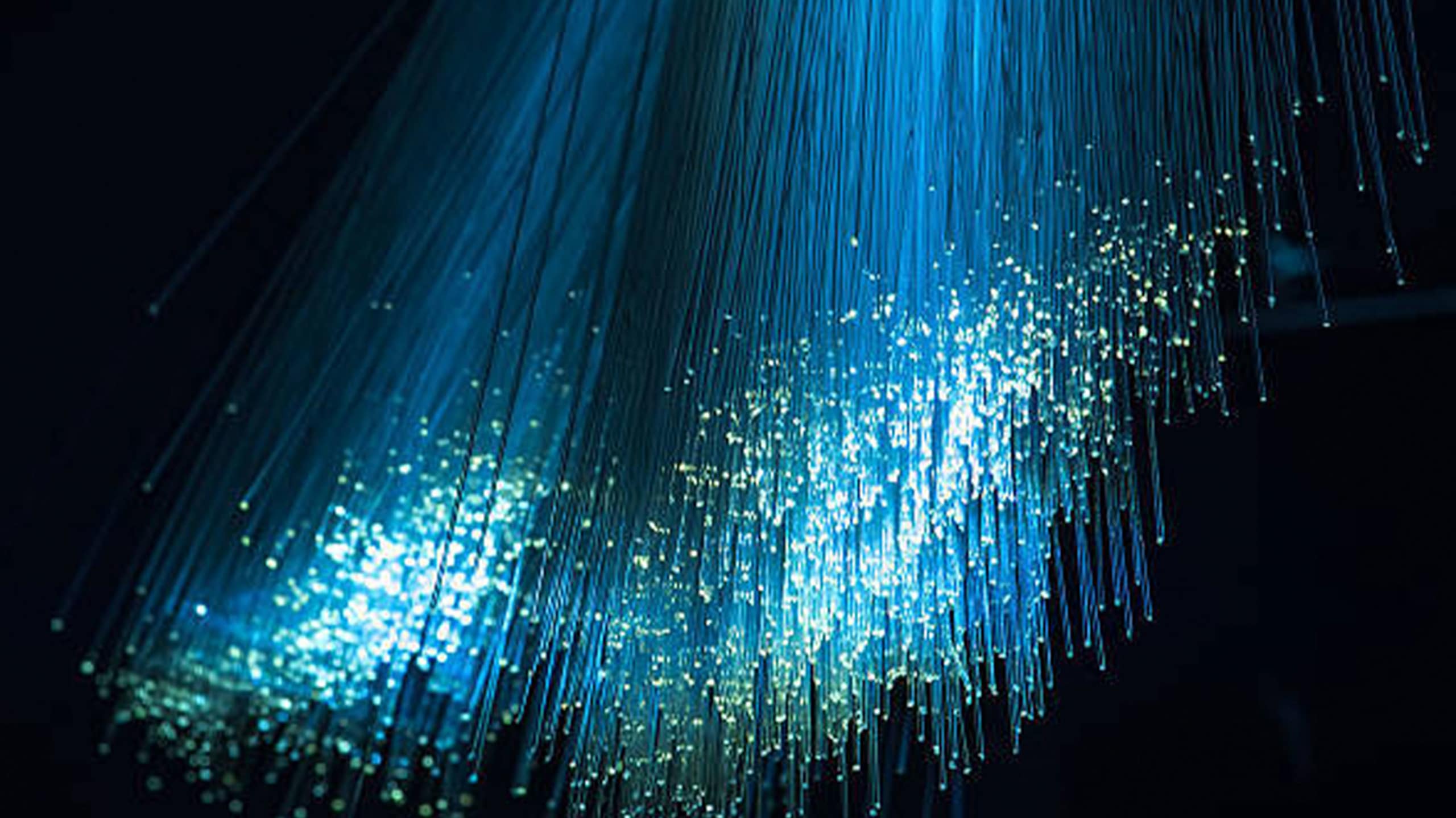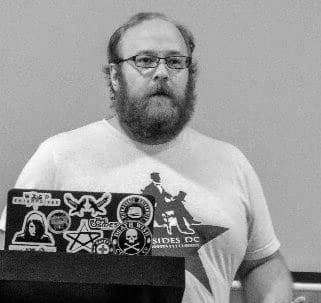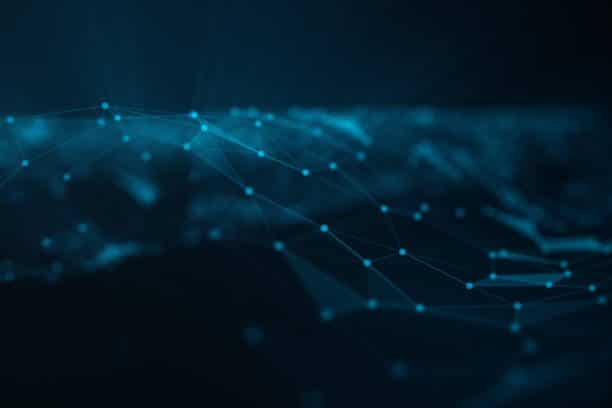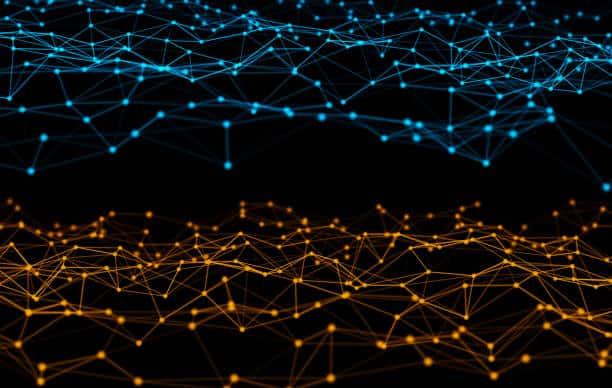Celebrating Neurodiversity: How Companies Can Create Safe Spaces Using Employee Resource Groups
I always knew I was different. But I didn’t know it would be seen as dysfunction until fifth grade.
Every few weeks my gentle giant of a fifth grade teacher would quietly lose his patience as I struggled to find the right assignment book or mimeographed reading in my school desk. He’d slowly take the desk to a clear area of the classroom and dump its contents out for me to re-organize. All the while my classmates would look on, at first astonished but eventually expectant – my desk was full again, of course it would be dumped. It became regular enough that everyone knew what would happen as Mr. S. loomed over waiting for me to get my act together.
Not just the confusion and disruption, but the shame of that stuck with me ever since.
The larger world is not built for neurodivergent (ND) folks so it’s no surprise that work has historically been no different. However, our strengths are becoming more apparent to others and our unique contributions more valued. Even the Wall Street Journal is taking note!
Individuals who are neurodiverse, also called neurodivergent, have brains that function differently from those who are neurotypical, according to the Office of Disability Employment Policy, part of the Labor Department. “People who are neurodivergent offer key talents and skills to enhance America’s workplaces,” according to ODEP.
It’s difficult to wrap language around a concept centered on difference from the norm without pathologizing it, but neurodiversity is essentially the idea that people perceive, experience, and operate in the world in different psychological and neurological ways, and that those differences are not inherently deficits or disabilities. Explicit is the recognition that the larger world is constructed for neurotypical groups – people who fall closer to the norm in the ways they sense and process – and it’s the social construction along those lines that causes more problems than our actual differences.
Whew, that’s a lot of words. But what the heck does it mean?
Take my example above with the cluttered desk. The dysfunction made apparent isn’t that I’m unable to stay organized, but that the typical methods of organizing do not work for me – and I am unlikely to be successful if I’m forced to use them. Ditto for how “productivity” or “efficiency” may manifest from my end versus a neurotypical person. But both research and anecdote show that if instead I can find my own way to organize, or work, or create, or play, I can not only be successful but wildly overachieve. More from the WSJ:
The cybersecurity sector can be a particularly good fit for neurodiverse candidates, who might have traits such as hyperfocus, precision, persistence and the ability to identify patterns, according to researchers and executives. Such traits correspond to skills needed to assess cyber risk, analyze suspicious online activity and perform many other security jobs, according to Crest International, a U.K.-based nonprofit that accredits organizations and individuals providing cybersecurity services.
In her excellent book Divergent Mind, neurodiverse journalist Jenara Nerenberg lays out the challenges ND people face with special attention on how their sensory experience complicates the world as-it-is, but also how it can provide benefits. Citing work by clinical research psychologist Elaine Aron on a related early concept in “The Highly Sensitive Person,” Nerenberg writes:
Aron acknowledges the challenge of being sensitive and some of the stigma that may be attached to the label. But in her research she has found that when HSPs [highly sensitive people] try to mimic others in what they perceive as “normal” or “expected” of them—such as tolerating bright lights and loud music—they become exhausted, burned out, depressed, or develop symptoms such as headaches and fatigue. This is because “what is moderately arousing for most people is highly arousing for HSPs.” HSPs tend to shut down much faster than other people. But as in the case of many other neurodivergences, the gifts of HSPs are vast. They tend to excel in psychology, writing, art, and music and as entrepreneurs. Because their nervous systems are more attuned to subtleties in the environment, they excel in perception, detecting nuances, and understanding others.
“Okay Ian, I get it,” you say. “Plusses and minuses to being neurodiverse.” Then, I hope you ask the important question: “How do we make things better for everyone?”
Good question.
As a forty year old white guy I inhabit a position of privilege, and for good or ill that gives me more leeway than most to be loud about things that matter. In this context I use that privilege to talk about my own experiences as a neurodivergent person (autism, sensory processing disorder, major depressive disorder, and generalized anxiety). And as the working world (too slowly) shifts from a stance stigmatizing some ND traits to exploring their utility, there are opportunities everywhere for support, solidarity, and improvement to benefit everyone. So I try to be as transparent and open as possible about sharing my own experiences without making it all someone else’s problem. We’re in this together, so we find solutions together.
DomainTools fosters a culture of creativity, compassion, and inclusivity in very active ways including a robust Diversity, Equity, and Inclusion (DEI) Task Force. This is something we’ve all heard before, but DomainTools puts serious weight behind the language in order to empower us.
When Jill Boon and Lexi Tom of our PeopleOps organization approached me about helping facilitate a Neurodivergent Employee Resource Group (ERG) as part of their commitment to DEI, I was both excited and intimidated. In many ways, I’m the introvertiest introvert that has ever introverted and I have no great experience in establishing or leading groups. I like my nice, comfy cave and my security and systems work. I like my corner, but if I want the world to grow around me I need to grow as well, so I took the opportunity and we partnered up on an ERG.
We’re now a few meetings into the Neurodivergent ERG and I’ve gotten some questions from external folks curious about starting one up, and we’d like to share some starting principles that served us well along with what we’ve learned so far.
Frequently Asked Questions
What is an Employee Resource Group?
ERGs are voluntary, employee-led groups focused on supporting diversity and inclusion by allowing employees who identify in a particular way to come together, share their experiences, support one another, and grow together. As a secondary function, they also help educate other colleagues outside the group and can push for institutional change in the workplace, but it’s worth being clear that their primary purpose is not to educate others or to solve problems. ERGs are primarily about mutual support within particular groups.
How do you bring together a group based largely on fundamental brain and mind differences?
The real goal for an ND ERG facilitator is to hold space. Ask five experts what “holding space” means and you’ll receive at least six answers, but the real substance of it is creating a place that provides presence more than anything. Because once we’re present, amazing things can occur, but without presence we are just talking at screens. To me, holding space means being mindfully responsible for the structure and setting of an ERG with empathy and without expectation. The rest of that empty space creates the opportunity for others to learn, share, or find other ways to be present themselves without necessarily needing to actively participate.
How do you define “neurodivergent” for the sake of membership?
There are many different ways to define neurodivergence and many ways people have tried to quantify or qualify it. The key here is the synergy between inclusivity and understanding. Inclusivity means we open up the definition as wide as possible; we acknowledge it as a living concept that changes as our knowledge and experience changes. ADHD, autism, depression, and anxiety are called out especially as some folks with forms of depression and anxiety may not consider themselves neurodiverse. It’s worth understanding that depression and anxiety both often operate in isolative ways that tell people they’re not part of this group, or any group. Try to bust through those self-defeating whispers however you can, and be as explicitly inclusive as possible.
The second point to understand is that neurodiverse people historically (and empirically) have bad experiences with the health care system. We’re often marginalized by a system that relies on fitting us into specific boxes to even qualify for treatment or some form of external relief or accommodation, and the problem is exponentially worse for women and people of color. Again quoting Nerenberg:
“Scientists aren’t interested in differences because they want to arrive at theories,” Aron tells me, “which means they want sameness. . . . Individual differences are looked down on in psychology because then you don’t get your generalizable theories.” And, she points out, the same goes for doctors and therapists, “because insurance companies dictate diagnoses and reimbursement.” In other words, everyone needs to fit neatly into a category.
To take advantage of the synergy between inclusivity and understanding we have to acknowledge the difficult history many neurodiverse folk have had with health care providers, which means another explicit principle woven into the ND ERG from the start: medical diagnosis, while it can be helpful, is not a validator for inclusion.
Simply put: self-determination is crucial. If you consider yourself neurodiverse, you’re neurodiverse.
Should allies or others be invited to meetings?
There are a few tensions to navigate with an ND ERG and this is one of them: who should come? Remember, though, the earlier point about holding space. The ND ERG is primarily for those that identify as neurodiverse – a space for them to come together to share, connect, and support. ND people (especially autistics) thrive when they’re able to structure things in a self-determined way before moving forward, and the members should feel ownership of the group.
However, the bigger the tent, the better the circus. Including allies can serve many purposes such as helping them learn how to better support colleagues or loved ones that are neurodivergent. And there’s a not-inconsequential third population to think about here: people who aren’t ready to consider themselves ND yet, but are exploring it within themselves. Quietly holding space for them as well can be a huge step forward in their paths.
What’s been difficult about creating a Neurodivergent ERG?
We’ve been lucky enough to have multiple folks contribute to each meeting, but there are times that it’s tough to keep the conversation going. There is, similar to the above, an acute tension to navigate between making people feel welcome in the space, encouraging them to speak up, and not putting folks on the spot by soliciting them directly. In other meetings, I’m a big fan of figuring out who hasn’t spoken yet and trying to pull them in but that can be toxic in an ND ERG – you have to respect an individual’s autonomy about whether or not they want to speak up about something so personal and consequential. I approach it with general encouragement – “the more voices we have, the better we are.” But silent participation is entirely valid, and the space is open for them too.
And it’s worth knowing you’re going to hit interpersonal land mines, too. There’s a lot of past trauma wrapped up in people exploring their ND experiences that may come out. Fiery debates continue about things like person-first language. There may be times you don’t like what’s being shared, or who’s sharing it. The way to approach it is to balance compassion and accountability: we can all come together to lift each other up, but at the same time neurodiversity isn’t an excuse for toxic behavior, so we’re all accountable for our actions as well.
What kind of agenda items do you cover in the ND ERG?
The first meeting or two will likely be somewhat loosely structured, but it always helps to have an agenda going into any meeting. The key here is to be flexible to where the ERG members want to go. Initial subjects include:
- The purpose of an ERG
- Expectations of participants
- Roles to be filled (facilitator, scheduler, icebreaker, etc)
- Some discussion of neurodivergent experiences in the workplace
- Goals for the ERG to consider
Further meetings may involve deeper subjects:
- More in-depth discussions about ND experiences in the workplace, or different aspects thereof.
- An exploration of company culture as it relates to ND folks (meetings, camera expectations, etc)
- Ways that members and other colleagues can better support ND coworkers or reports
- Synergies and opportunities that neurodivergence can present in group project work
- Discoveries along the ND path that may provide others with new insights or tactics
- Other resources, such as articles, books, and other media related to neurodiversity
The most important aspects to keep in mind here are to respect the autonomy of members in what they want to discuss, build space for it, and try to guide it as gently as possible. Canvas people on what they’d like to discuss beforehand and provide multiple avenues for response in public and private. Like neurodivergences themselves, the conversations are living, breathing things that will evolve and require adaptation.
Conclusion
We’re just starting out at DomainTools with our Neurodivergent ERG, really. And it will be an ongoing journey and process of discovery on both an individual and institutional level. But partnerships between Human Resources, Exec/Management, and employees can help transform our workplace so that people can feel more comfortable and connected, and thereby find new ways to excel. Compassion, understanding, self-determination, and accountability are all crucial. By exploring not just the concepts, but the gaps we find between and holding space for each other, we can explore new ways to work and excel. As whole people and as whole teams, we can do incredible things together.





